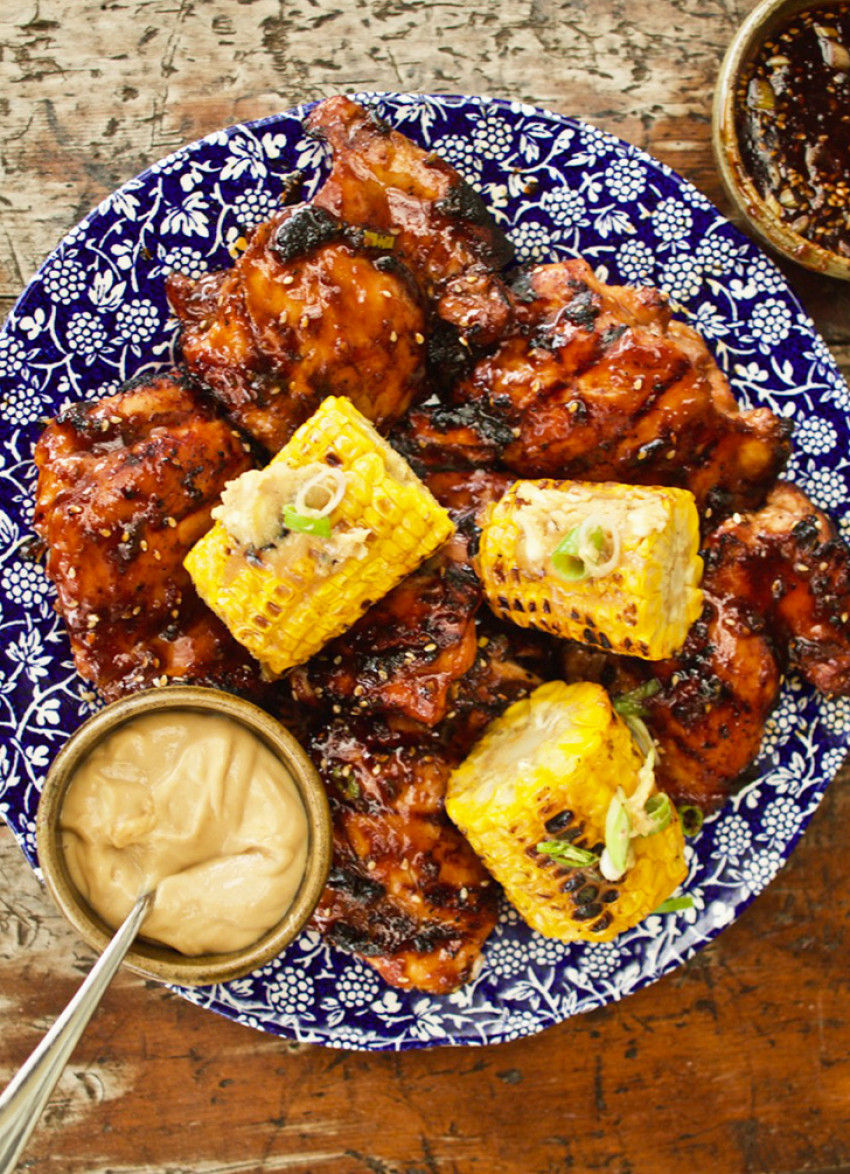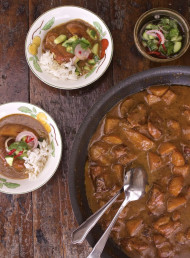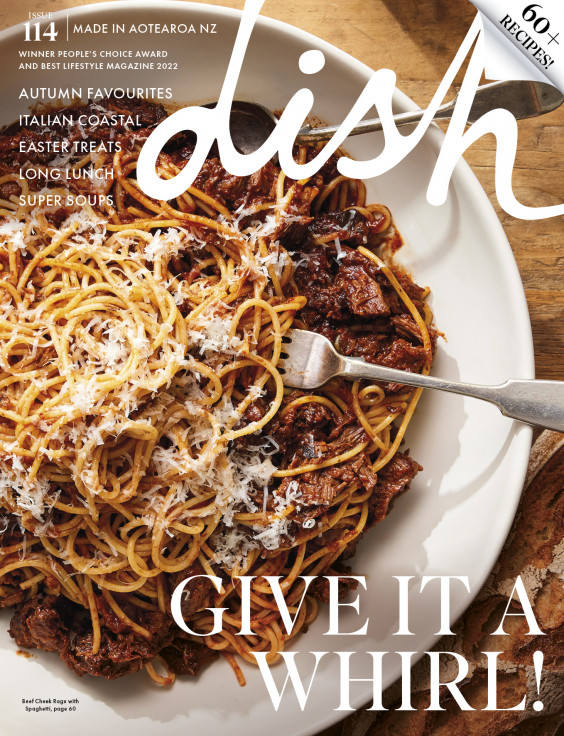Cook the books – Korean Food Made Simple
Photography by David Parker.

Foodie and resident road-tester David Parker tries his hand at a Korean cuisine staple.
Chef and author Judy Joo describes herself as a French-trained Korean American Londoner, which should maybe give you a hint that Korean Food Made Simple isn't going to be 100 per cent authentic Korean recipes.
Think Korean-influenced recipes. You can see the other logical influences shining through in dishes like Korean Fish and Chips, Korean burgers, Korean pulled-pork quesadillas and a Kimchi and Bacon Brioche, among many others.
After quitting her fancy job on Wall Street to pursue a career in food, Judy studied at a French culinary institute in New York, working various jobs in the industry before becoming an Iron Chef in the UK, hosting her very own TV show, Korean Food Made Simple, and opening a restaurant Jinjuu in London and Hong Kong.
First, I made the marinade for the chicken by mixing soy sauce, brown sugar, thinly sliced spring onions, rice vinegar, maple syrup, gochujang (Korean chilli paste), sesame seeds, garlic, salt and pepper. I split a portion of the shiny black marinade off into a bowl to be served as a dipping sauce later. To the remainder, I added the chicken thighs and made sure they were well coated before leaving in the fridge to marinade for about 4 hours.

Then I prepared the doenjang mayonnaise to serve with the chicken and the doenjang butter for the grilled sweetcorn. Doenjang is a Korean fermented soy bean paste, similar to miso paste. For the mayonnaise I mixed the doenjang with some kewpie mayonnaise (a Japanese brand of mayonnaise) and for the butter I mixed the doenjang with some unsalted butter and thinly sliced spring onion. Pretty simple.
I put the marinade I had kept aside in a saucepan, brought it to a boil and let it simmer for about 10 minutes to thicken up.

After enough time had passed I cooked the chicken and the corn on the barbecue. I always find it a little nerve-wracking cooking chicken on the barbecue because you don't want over-done dry chicken, and you really don't want under-done chicken. When I thought they looked done, I picked one of the fatter thighs and poked it with a knife to have a check inside. Once convinced, I pulled the chicken off the grill.

After the sweetcorn was cooked I spread the cobs with the doenjang butter and served the chicken with a side dish of the doenjang mayonnaise and the now-thickened barbecue sauce for dipping.
To be honest, I was a little surprised at how simple this had been, I picked a recipe that had a couple of extra pages to turn to for the additional components but it turned out to all be more simple than I had initially thought. Fortunately, it didn't taste that way, the chicken was delicious, sweet, salty and spicy. Plus, thankfully, it was cooked all the way through but still juicy and tender. The doenjang mayonnaise was a great addition, helping to calm down some of the spice elements of the chicken while bringing another layer of salty umami. Plus, who could go wrong with grilled sweetcorn?

The fresh spring onions in the doenjang butter gave the dish a little oniony kick. Even my slightly unadventurous, slightly dubious siblings enjoyed this one.
latest issue:
Issue #114
Autumn has arrived, and with it, the latest issue of dish, jam-packed with recipes that will have you fizzing to get in the kitchen! With a long Easter lunch featuring perfectly pink, blushing roast leg of lamb and wildly decadent baked mashed potatoes with caramelised onions, to simply scrumptious chocolate treats and sensational seasonal baking this issue has you covered - we reckon the Hot Cross Buns are our best yet! Salads make way for soothing soups, pies, puddings and our cover star beef cheek ragù with spaghetti – a must-make dinner for family and friends. With over 60 recipes in our latest issue there’s plenty of inspiration to keep you busy – and well-fed! Don’t forget to share your dish dishes with our Facebook community.





